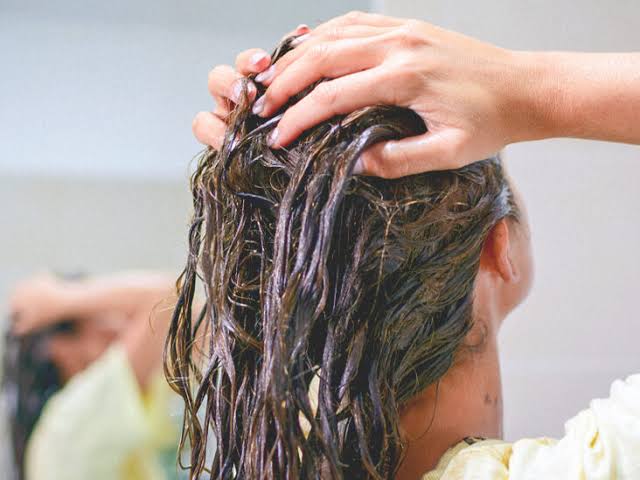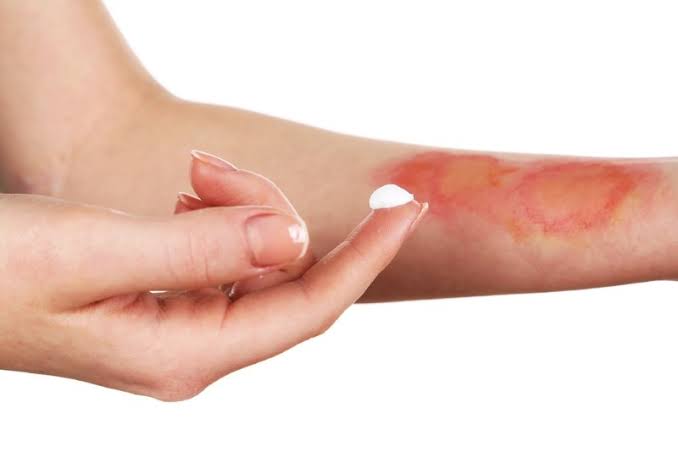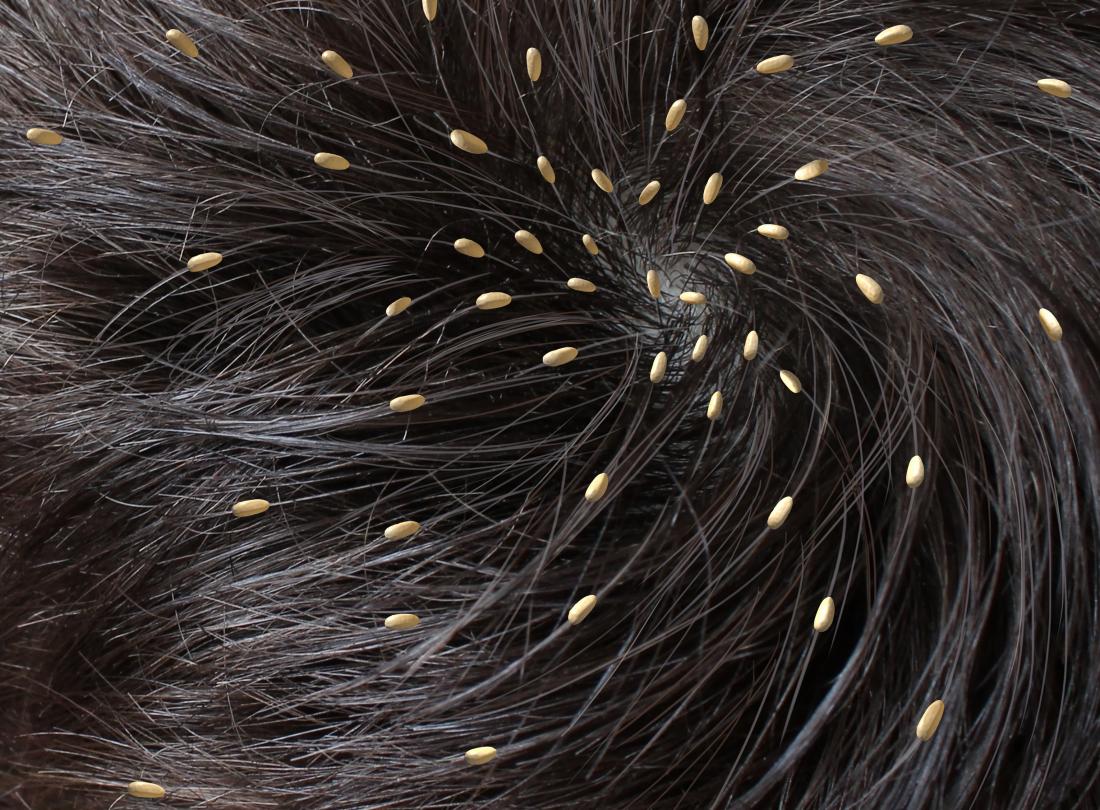Aloe vera is a plant that grows in tropical and subtropical regions of the world. It is used to treat a variety of ailments. People enjoy it for its ornamental and therapeutic virtues, as well as its culinary purposes.
The remarkable therapeutic and regenerative capabilities of this member of the Liliaceae family have been recognised for millennia by those who have benefited from it.
The abundance of vitamins, minerals, and other elements in aloe vera, according to proponents of its use for hair health, contributes to the plant’s ability to promote hair growth. They claim that these characteristics indicate that it has the ability to promote healthy and plentiful hair.
The existence of a link between the qualities of aloe vera and the vitality of one’s hair has not been confirmed by scientific research as of yet.
In this section, we will delve deeper into the subject, as well as look at some of the other benefits of aloe vera for the hair and scalp.
Important facts to know about aloe vera and hair
- The first documented record of aloe vera’s healing properties dates back to 2100 BCE, making it one of the earliest known medicinal plants.
- The fact that aloe vera has so many applications may be explained in part by its chemical composition. It comprises 75 active components, including vitamins A, C, E, B12, and choline, as well as other minerals and vitamins.
- Some nutrients have a significant impact on the quality of one’s hair, and nutritional deficits can result in hair loss.
- Although research implies a beneficial correlation between aloe vera usage and hair health, no conclusive scientific evidence has been found to support this claim.
Is it effective in terms of hair growth?
A centimetre of hair grows on average per month, according to the Trichological Society, a non-profit organisation of professionals concerned in the study and treatment of the human scalp and hair.

These rates have not been demonstrated to be significantly affected by shampoos or other hair products, and they are mostly influenced by heredity and the health of the individual.
Aloe vera is believed to be effective mostly as a result of its constituents, which include:
- vitamins
- essential amino acids
- minerals, such as copper and zinc, which are important for hair growth
- plant steroids
- fatty acids
Aloe vera is a thriving industry. Cosmetic, food, and pharmaceutical items using aloe vera were a $110 billion-per-year market in 2004, according to the USDA.
Because aloe vera is a natural substance with little dangers, people can experiment with it without fear of harm, despite the lack of scientific consensus.
Established benefits of aloe vera
The following results have been obtained from research into the therapeutic qualities of aloe vera:
- a potential link between aloe vera and improved healing from burns
- aloe vera may work as a laxative, but the safety of this has not been tested
- encouraging early signs of aloe vera’s usefulness in treating diabetes
People have been using aloe vera for centuries to treat a wide range of health problems. However, despite the fact that these remedies are well-established in folklore and popular culture, the vast majority of claims about its effectiveness have not been subjected to scientific review and investigation.
Benefits of hair care that have been proven

It has been proven that aloe vera can be used to treat seborrheic dermatitis, which is one of its stated benefits for hair care that has been examined.
Seborrheic dermatitis (SD) is a skin illness that manifests as a pinkish-red rash on the skin’s surface, as well as crusty, yellow-white scales on the skin’s surface that may also be swollen and greasy. SD is a condition that frequently affects the face and scalp. Cradle cap is the term used to describe the condition in which neonates acquire SD on their scalps.
According to one study, treatment with aloe vera resulted in a considerable reduction in itching, scaliness, and the extent of the region affected by SD after just one week. Because SD can, in some situations, result in temporary hair loss, this is one of the most obvious applications of aloe vera for hair growth.
Additionally, there is speculation that the fact that aloe vera contributes to a healthy scalp, which is essential for healthy hair growth, strengthens arguments for the usefulness of aloe vera in hair care.
Researchers have speculated that the benefits of aloe vera for hair may be attributed, at least in part, to the plant’s ability to stimulate blood circulation and improve delivery of oxygen and nutrition to hair follicles. Aloe vera is a plant that has been used for centuries to treat wounds and burns.
Is there a danger of something happening?
In most cases, the external application of aloe vera does not result in any negative side effects. Cases of the following, on the other hand, have been reported:
- allergic reactions, especially in those allergic to garlic, onions, and tulips
- contact dermatitis or skin rash that develops after aloe vera is put on the skin
- phototoxicity, or a skin irritation similar to a severe sunburn
The oral use of aloe vera has been linked to diarrhoea, vomiting, electrolyte imbalances, colic, and kidney issues, among other side effects. Acute examples of some of these disorders have been reported, despite the fact that they are rare.
Do different varieties of hair, such as curly hair, have different reactions?

Each type of hair necessitates a unique approach to hair care. The features of an individual’s hair, such as its density, texture, diameter, degree of curl, and porosity, will have an impact on how well it responds to a treatment or a product application.
African-American hair is known for being extremely dry, and physicians recommend using treatments containing natural ingredients, such as aloe vera, to care for this type of hair.
Aloe vera, with its potent combination of vitamins, minerals, hydration, and other nutrients, can assist to maintain moisture levels in dry hair.
How do you apply it to the hair?
Individuals who are interested in using aloe vera for hair care can select from a wide range of application methods, ranging from the homemade to the mass-produced, to suit their needs.
Some people like to apply aloe vera gel directly to their scalps, while others prefer to use a conditioner. To do so, follow these steps:
- cut a leaf from a live aloe vera plant
- using a spoon, collect the gel (some like to blend it with coconut or olive oil)
- rub the gel or mixture directly into the scalp and let it sit for an hour
- use a mild shampoo to wash the hair and scalp
- repeat this process 2-3 times a week, as needed
Given the fact that some people are sensitive to aloe vera, it’s important to proceed with caution and test a little amount of the gel on the inside of the wrist first to see whether or not there is a reaction before applying it to the hair.
Hair masks are another popular technique to incorporate aloe vera into your hair care regimen. Aloe vera is combined with one or more of the following ingredients in this method:
- honey
- jojoba oil
- egg whites
- fenugreek
After massaging the mixture into the scalp and hair, a shower cap is placed over the head and the mixture is kept on for 15 minutes to 1 hour before being washed out with a gentle shampoo.
There are some commercial items that contain aloe vera that may be purchased.
What are the numerous types of aloe vera that exist?
Aloe vera is commonly accessible for purchase and can be found in a variety of forms.
While some people like to cut the leaves off the plants and apply the fresh gel straight to the skin, it is also available in a variety of various forms that may be purchased. These include liquids, oils, and gels, as well as pills, shampoos, lotions, creams, and sprays, among other forms.







